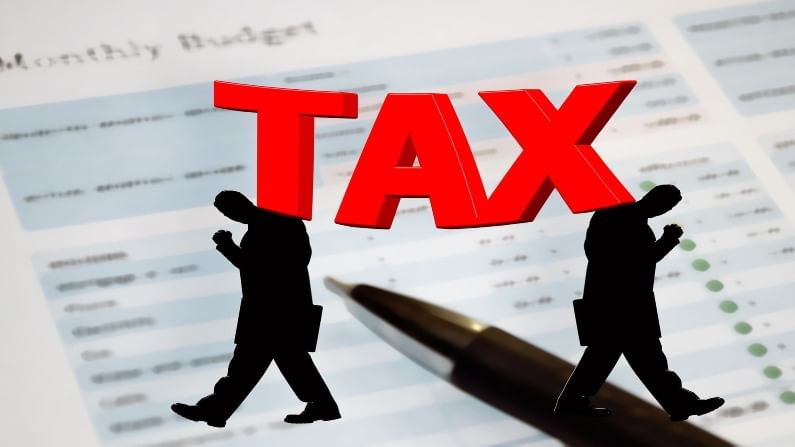TDS: Five things you must know about Tax Deducted at Source
TDS, or tax deducted at source, is deducted at the source where an individual’s income is generated. As per the Income Tax Act, 1961, every individual/organization is liable to pay taxes if their income is above a certain threshold. Normally, the individual receiving income is liable to pay taxes. But TDS ensures tax deduction at […]

TDS, or tax deducted at source, is deducted at the source where an individual’s income is generated.
As per the Income Tax Act, 1961, every individual/organization is liable to pay taxes if their income is above a certain threshold.
Normally, the individual receiving income is liable to pay taxes. But TDS ensures tax deduction at the source itself. The government introduced it to reduce chances of tax evasion.
Let’s explain this concept with an example.
ABC company makes a payment of Rs 50,000 as consultation fees to Mr. X every month. The company deducts TDS of Rs 5,000 and make a net payment of Rs 45,000 to Mr. X. The deducted amount of Rs 5,000 will be directly deposited by Money9 to the credit of the government.
Since, most of us come under the purview of TDS, here’s a list of 5 things you must know about it.
TDS Certificate
A TDS certificate is issued by an employer to the employee whose income is being taxed at the source itself.
Two types of TDS certificates are issued in this regard:
- Form 16: It includes details of annually tax deducted on the employer’s income
- Form 16A: It is issued for the non-salaried class
How much TDS should be cut from your salary?
TDS is charged on the income as per your chosen tax slab
However, deduction of TDS is subject to the following:
- Exemption limit: No tax should be cut at source if estimated salary remains below basic exemption limit (Rs 2.5 lakh).
- Exempt allowances: Basic allowances such as LTC, HRA, conveyance, etc. not part of the salary should be deducted from total salary while taxable salary is being calculated.
Penalty provisions
Taxpayers not complying with TDS rules shall be liable to pay penalties as per interest levied on principal taxable amount. Taxpayers must pay their taxable sum by 7th day of the month which succeeds tax filing.
A penalty of 1.5 percent will be charged for late or no payment of TDS every month till the tax is deposited.
TDS returns have to be filed on the last day of January, May, July and October of every financial year. Late or non-filling of the return invites penalty of Rs 200 per day till the return is filed.
How to find out deducted TDS amount
To find whether TDS has been deducted or not, you can visit the Income Tax Department’s official website.
- If you’re a new user, go to the website and select the option to register as a new user
- Enter your Permanent Account Number (PAN) and generate a password
- Log in with the ID and password, click to view tax credit statement or Form 26AS. It contains details of TDS deducted throughout the year.
Income sources that qualify under TDS
- Salary
- Bank interests
- Contractual payments
- Deemed dividends
- Interest on securities
- Transfer of immovable property

